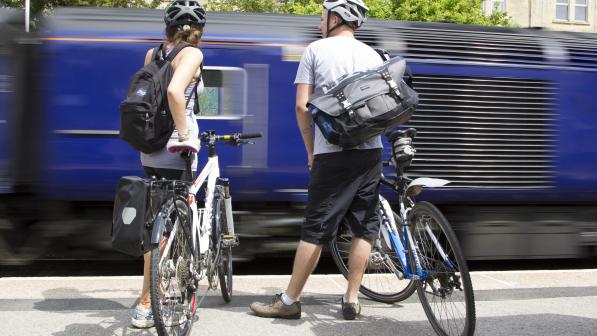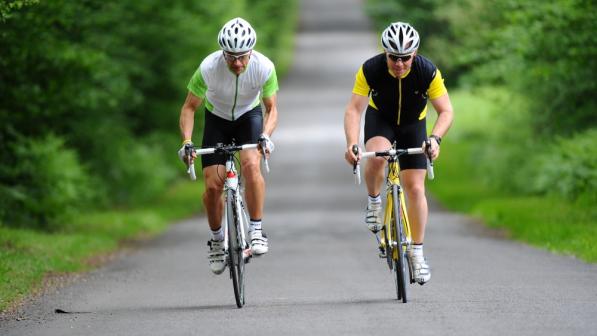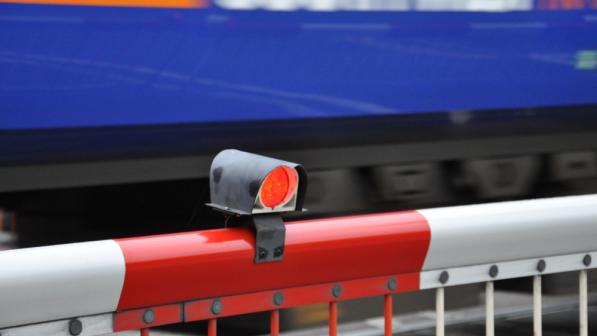How to stay safe at level crossings

As a keen cyclist, I love getting out and about on my bike whenever I can, and exploring new routes. Since joining Network Rail in 2017, I have become much more aware of using level crossings while out cycling and how often they crop up on my travels.
It’s not surprising really, considering there are around 6,000 level crossings on Britain’s railway network. Since 2017, there have been more than160 near misses with cyclists at level crossings. A near miss is an incident when a train driver has had to apply their emergency brake, so in reality, every single one of these incidents could have been fatal.
It is absolutely vital that level crossings are used correctly and that people know how to do this, which is why Network Rail has teamed up with Cycling UK to share our top tips on how to use them safely. These will act as a reminder for more experienced cyclists, as well as helping those who have recently got back on their bikes.
Follow the signs
There are many different types of level crossings, some have barriers and lights, some have gates; however, the one thing they all have in common are signs. All you need to do is look for the signs, read them carefully and follow the instructions given.

No selfies
This probably seems obvious, but you’d be amazed how many people Network Rail sees loitering on crossings to snap a selfie or take photos of their friends! This is really dangerous as trains travel at high speeds, have long stopping distances and cannot swerve out of the way. This tip is simple: just don’t do it.
Do your checks
There are a few checks you need to do before using a level crossing. You should read the signs at the crossing and make sure you understand how to use it.
You should check that any warning signals and alarms have finished before you start using the crossing. Then check both ways before crossing: if there is a train coming, don’t cross. You also need to check your exit and make sure that it’s clear before crossing.

Consider dismounting
Sometimes, it is best to get off your bike and wheel it across the level crossing, particularly if you are about to cross the tracks diagonally or if it is wet or icy – to minimise the risk of slipping. This is because it is possible that your wheels could get stuck, if this happens, there’s the risk you fall off your bike, hurting yourself.
Respect the barriers
If the level crossing you are using has barriers, make sure you respect them. Don’t try to cycle around the barriers or nip under them as they are lowering. They’re there to keep you safe and protect you from oncoming trains.








